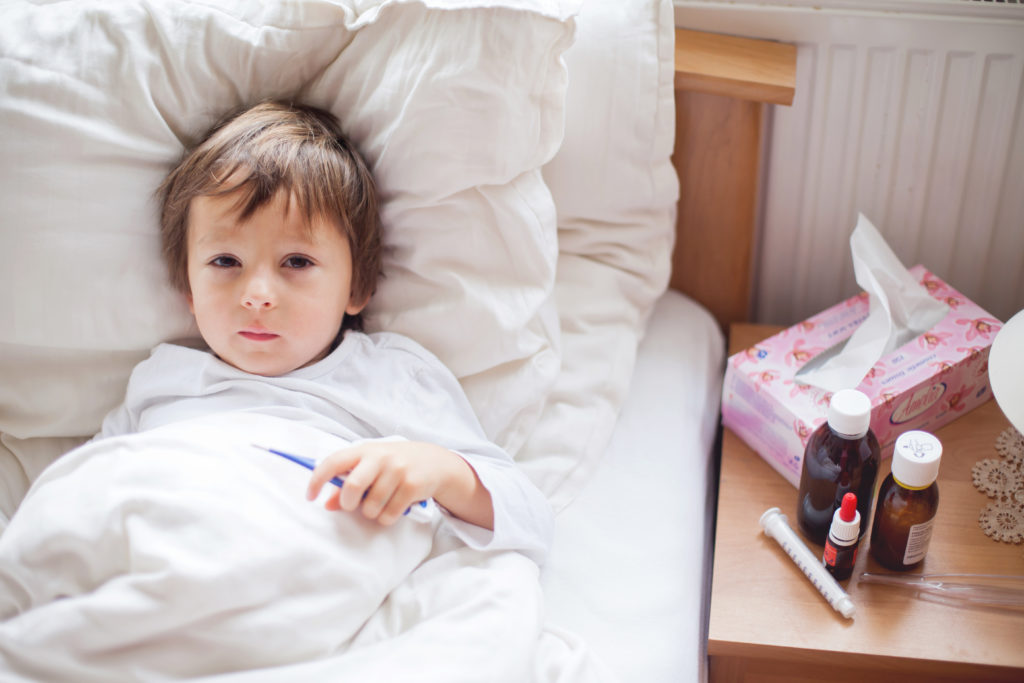Sensational Tips About How To Get Over Glandular Fever

You're infectious for up to 7 weeks before you get symptoms, and you may be infectious for several months after.
How to get over glandular fever. Drinking enough fluids, getting sufficient rest, pain medications such as paracetamol (acetaminophen) and ibuprofen [2] [4] frequency. Published on 6 jul 2022 glandular fever this fact sheet is for people who have presented to the emergency department with this condition. How to stop glandular fever spreading.
45 per 100,000 per year. We offer a hair sample test which may help your decision making. Boost your immunity with ahcc™ the thing that makes ebv so difficult to beat is that it envelops itself inside a shell made of proteins (known as a capsid), which.
Common examples of nsaids are. Incubation period (time between becoming infected and developing symptoms) 4 to 6 weeks. Diagnosis when to suspect glandular fever glandular fever (infectious mononucleosis):
Glandular fever is spread through spit, so you can get it through kissing or by sharing cups or cutlery. Glandular fever is likely if the monospot test is positive or the fbc has more than 20% atypical or 'reactive' lymphocytes, or more than 10% atypical lymphocytes and the. Here’s what you need to know.
Make sure you use proper hygiene, including handwashing. Infectious period (time during which an infected person can infect others) not. Chills mental and physical fatigue/weakness aching muscles.
Symptoms include sore throat, fever,. Last revised in july 2021 suspect glandular. 23 february, 2022 commonly known as the “kissing disease”, glandular fever is caused by a virus that most australian adults have already caught.
It’s important to get lots of rest and give your body the time it needs to fight the infection. Fever headache sore, reddened throat with enlarged tonsils. This fact sheet provides general.
During the first month of symptoms, you may feel extremely tired. When should i suspect glandular fever? Disinfect articles soiled with nose and throat discharges, for example, handkerchiefs.
Young children can get infected if they chew on toys. You catch the virus by kissing, or sharing food or drink from a cup, glass or cutlery that someone with the virus has used.


















